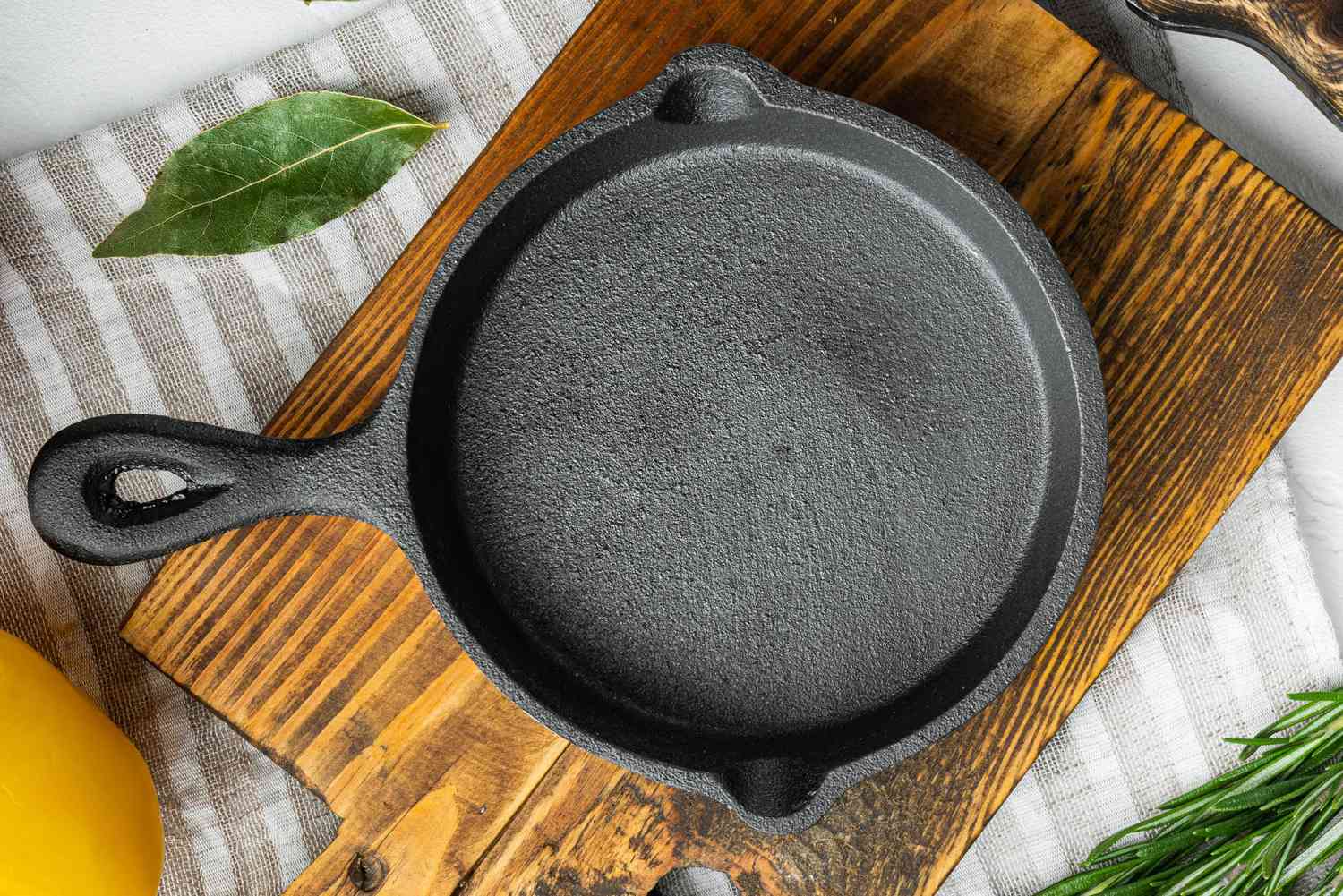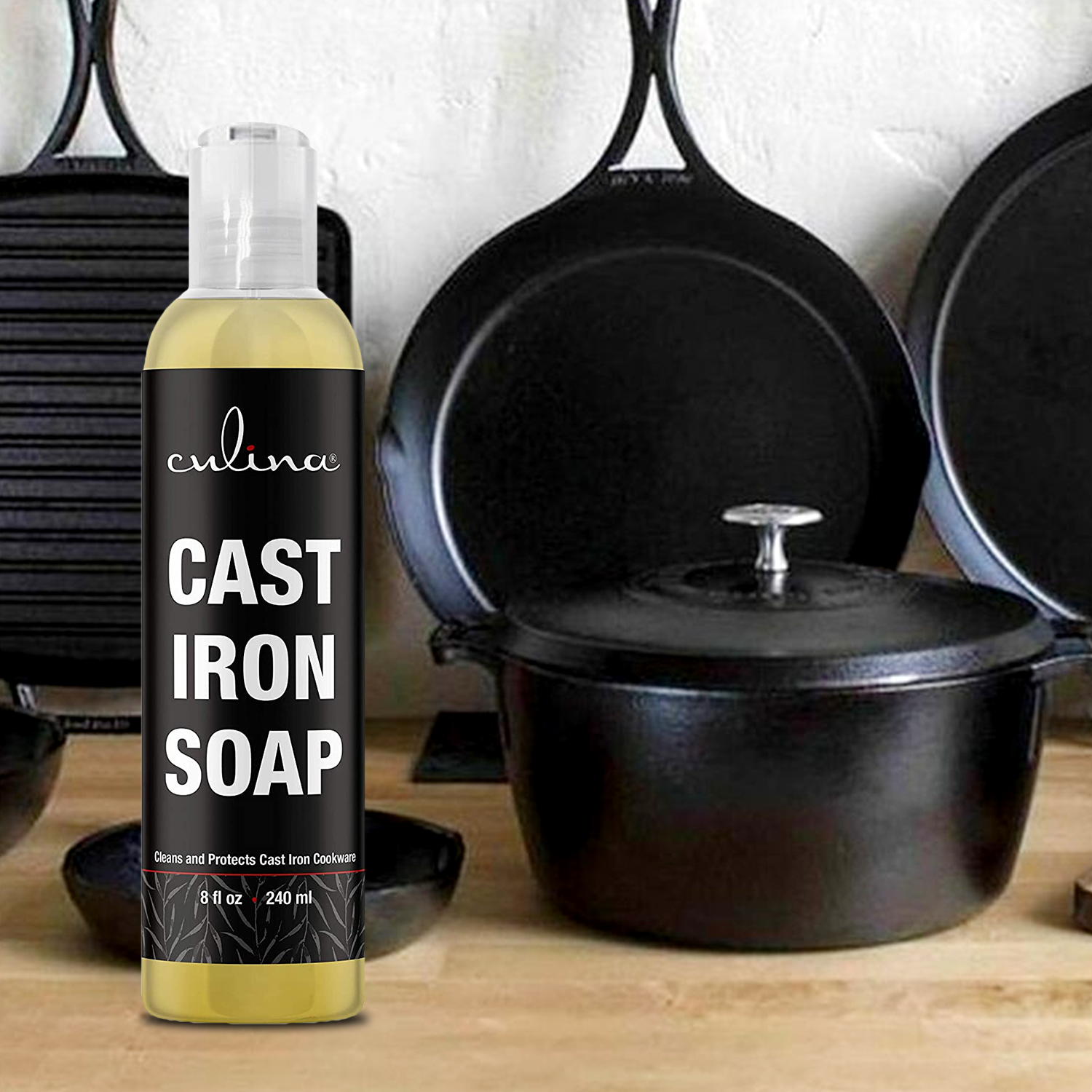Perfectly frying crappie is an art form. Having the right skills ensures a tremendous and delightful meal. If you’re looking for a guide on how to fry crappie in a skillet, you are in the right place. Our approved techniques will help you master this cooking method with ease.

The Importance of Quality Ingredients
Selecting Fresh Crappie
The first step in learning how to fry crappie in a skillet is selecting fresh fish. A fresh crappie has clear eyes, shining scales, and a mild scent.
Choosing the Right Flour and Seasoning
The coating of the crappie is just as important. Use high-quality flour and your favorite seasonings to bring out the best flavors in the fish.

Preparing Your Skillet
Cleaning and Seasoning
A well-seasoned skillet is key to frying crappie. Clean your skillet properly before use. You can check out how to season your skillet for better results.
Heating the Skillet
Achieving the right temperature is crucial. Heat your skillet to medium-high. You can learn more about using a tilt skillet for even heating.

Steps to Fry Crappie in a Skillet
Coating the Fish
Start by coating your crappie pieces in the seasoned flour. Ensure the coating is even and covers the fish completely.
Frying the Fish
Place the coated crappie gently into the heated skillet. Fry until golden brown, turning only once to avoid breaking the delicate fish.
Draining Excess Oil
After frying, place the crappie on paper towels to drain excess oil. This will keep the fish crispy and delicious.
Finishing Touches
Serving Suggestions
Offer the fried crappie with lemon wedges and tartar sauce. Serve immediately for the best experience.
Cleaning Up
After cooking, make sure to clean your skillet properly. Check out this guide on cleaning a greasy skillet for tips.
Frequently Asked Questions
Do I need a cast iron skillet to fry crappie?
While cast iron skillets are preferred for even heat distribution, any heavy-bottomed skillet can be used.
What type of oil should I use?
Use oils with high smoke points like canola or peanut oil for frying crappie.
Can I reuse the oil?
Yes, you can strain and store the oil for future use. However, it is recommended to use fresh oil for every new batch for the best taste.
As an Amazon Associate, I earn from qualifying purchases.
